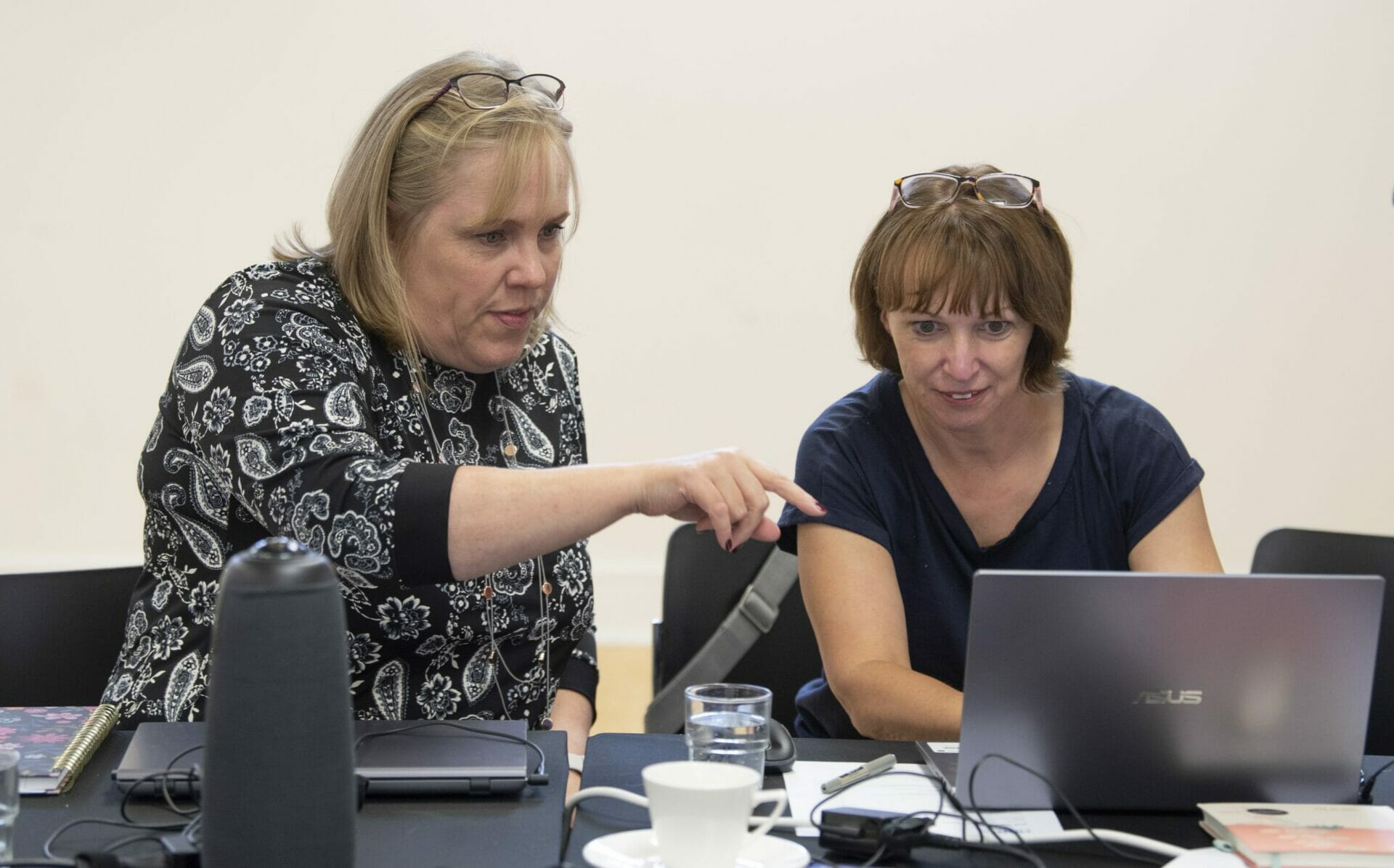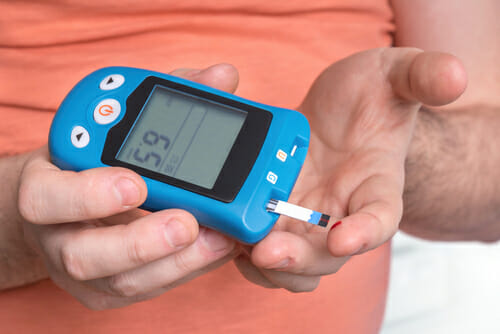What do we mean by ‘defining disease’ and by ‘phenotypes’?
A phenotype is a characteristic of an individual which can be seen or measured. Examples of phenotypes include height, blood pressure, whether someone currently has or has had a disease or health condition, such as diabetes or cardiovascular disease, or has experienced an event, such as a heart attack, surgery, or a prescription for a particular medication.
Phenotypes can be used to identify and differentiate one person, or set of people, from another in research studies.
A computable phenotype is a way of finding out if a person has a specific characteristic by analysing information about that person using a computer. To find out if a person has a particular disease or health condition a computer would analyse information contained in a person’s health records.
Why are ‘computable phenotypes’ important for cardiovascular disease research?
Computable phenotypes enable researchers to understand and use the detailed and complex information contained in a person’s health records for research. Analysing this data using a computer also enables researchers to look at information from very large numbers of people consistently and quickly.
Studies of large groups of people provide stronger and more reliable results. They also provide information that is more relevant to the entire population, such as identifying different types of cardiovascular disease.
What are we doing?
We want to improve the way that health information is analysed by a computer. This will help researchers and clinicians to better understand complex health information, which could have benefits for all research, leading to better care for patients. Computers need to be given instructions to be able to analyse health information; these computational instructions are also called algorithms.
We are supporting researchers to use enormous health data sets by ensuring phenotyping algorithms are available to meet their needs.
Ensuring phenotyping algorithms are FAIR
Currently, most phenotyping algorithms are not readily accessible because of limited sharing and a lack of defined standards. We want to make sure that phenotyping algorithms are findable, accessible, interoperable (usable across systems), and reusable (FAIR) by everyone.
Following community engagement and workshops to identify researchers’ needs, we have now published a report that includes our recommendations to ensure FAIR phenotyping algorithms are available to meet the needs of the cardiometabolic research community. Our recommendations include that phenotyping algorithms should be made available via a single, centrally accessible repository and that they are fully described using the information we outline.
You can find the report HERE and read the related web story HERE.
Making available phenotyping algorithms
We are also working with experts such as clinicians, researchers, and data scientists to make available validated phenotyping algorithms.
Many of these algorithms have been created as part of the research projects within CVD-COVID-UK and include phenotypes such as deep vein thrombosis, sudden cardiac death, stroke and cardiac arrhythmias.
These definitions and algorithms are being shared via the HDR UK Phenotype Library. They can then be re-used by other researchers, which stops duplication of effort and makes it easier to reproduce research. You can view all BHF Data Science Centre phenotype definitions available in the Phenotype Library HERE.
Areas of work
Find out more about our data-led research.

CVD-COVID-UK / COVID-IMPACT
One of seven National Flagship Projects approved by the NIHR-BHF Cardiovascular Partnership, linking population healthcare datasets across the UK to understand the relationship between COVID-19 and cardiovascular diseases.
Learn more…
Whole Population Data
Better use of nationally-collated, structured, coded data: accessing, improving and using linked, national, population-wide health data.

Imaging
Better use of unstructured data: addressing the challenges of accessing, improving and using unstructured data, for example from cardiac and brain imaging, medical free text and electrocardiograms.

Smartphones and Wearables
Exploring how data from apps and wearables, linked to other health datasets, can inform trajectories of cardiovascular health and disease.

Clinical Trials
Developing platforms for efficient, cost-effective trials, using routine health data to recruit and follow patients with cardiovascular conditions.

Cohorts
Facilitating the linkage of large, ‘omics-rich’ cohorts to electronic health records to better understand the causes of cardiovascular diseases.

Diabetes Data Science Catalyst
This exciting partnership between the BHF Data Science Centre, Diabetes UK and HDR UK aims to develop improvements in our understanding of the link between cardiovascular diseases and diabetes.

Stroke Data Science Catalyst
This five-year partnership between the British Heart Foundation (BHF) Data Science Centre, Health Data Research UK (HDR UK), the Stroke Association, and the BHF – will enable approved research teams to use data from real-world settings, including hospitals, GPs and pharmacies, to improve our understanding of stroke risk factors and open the door to better prevention and treatment.